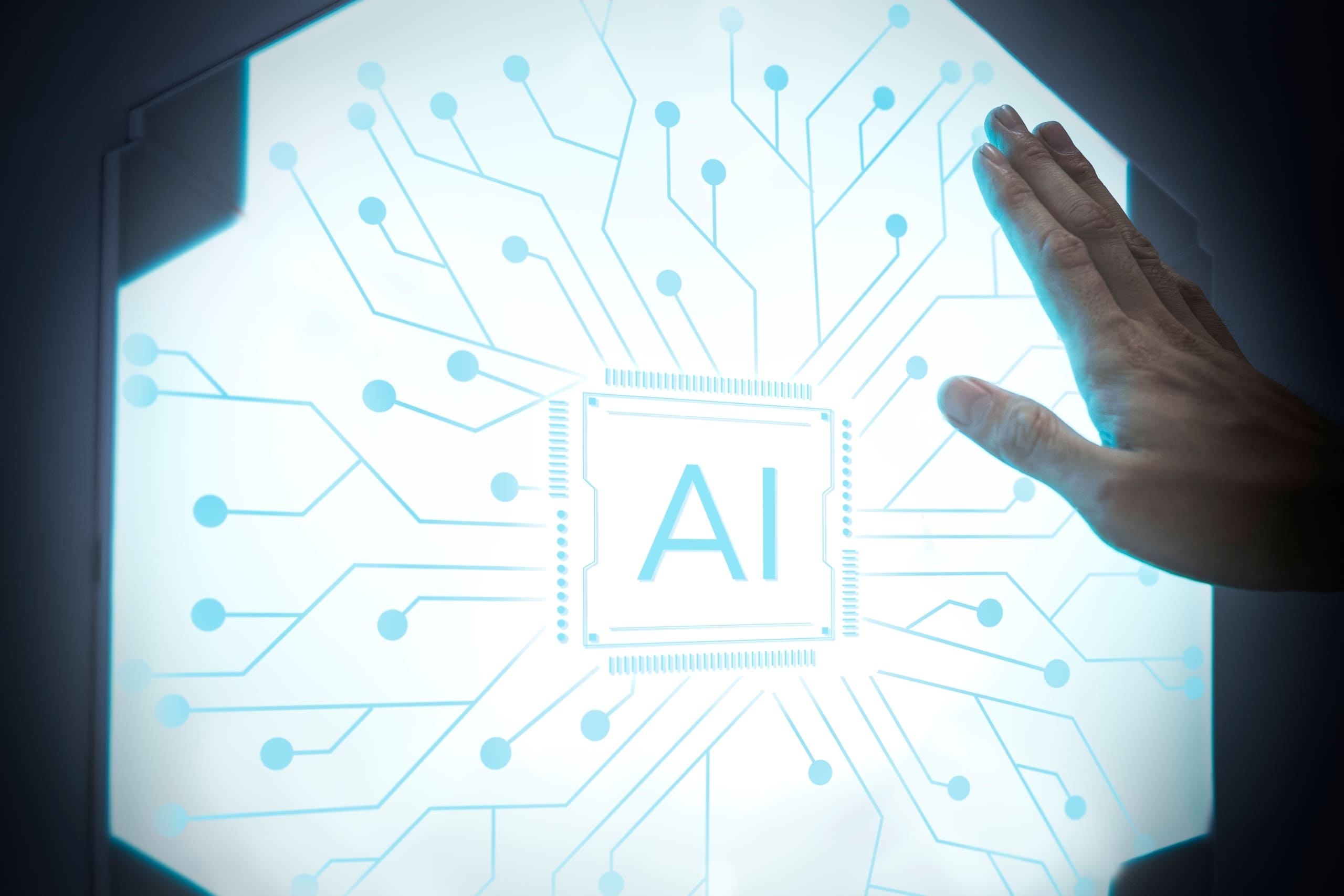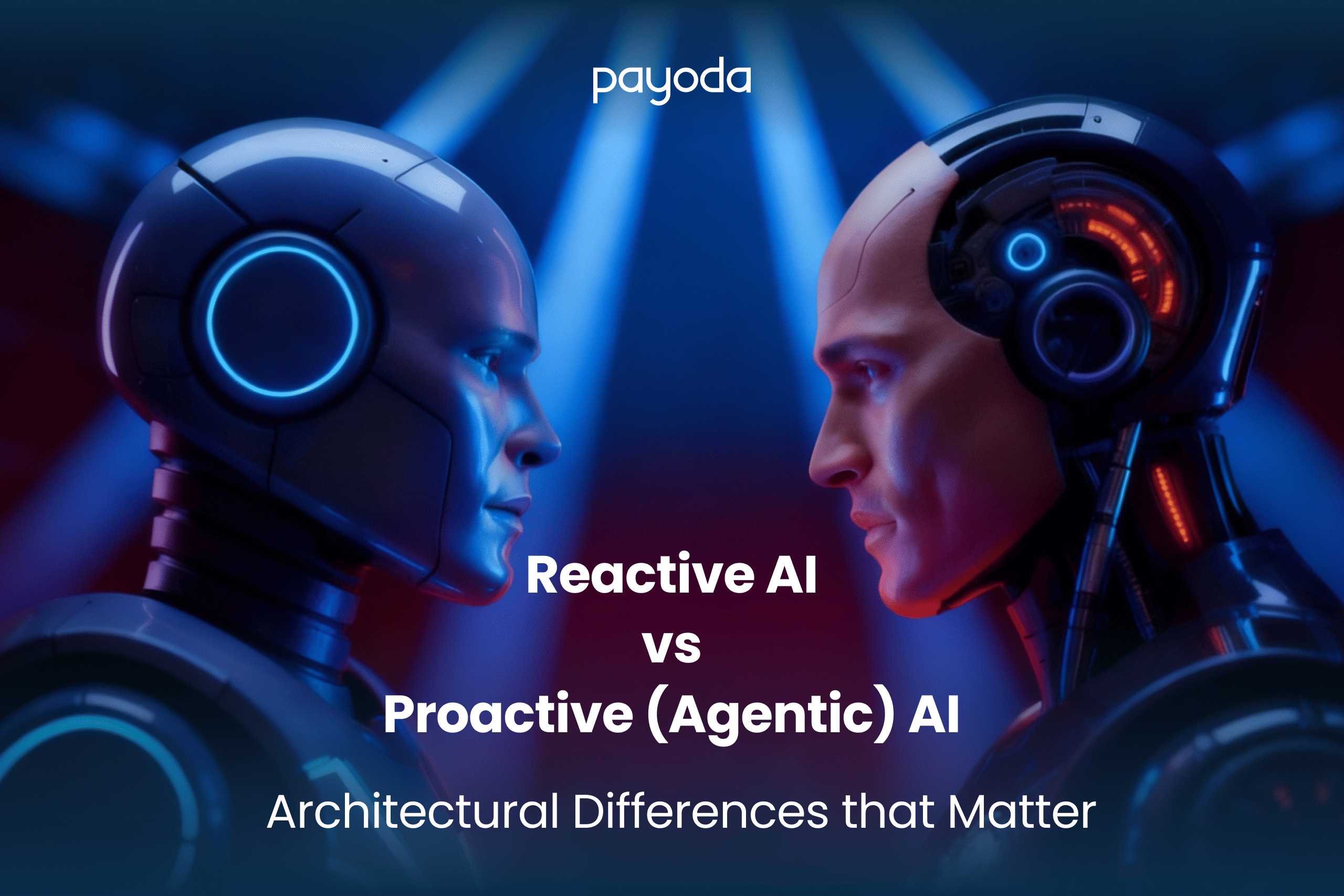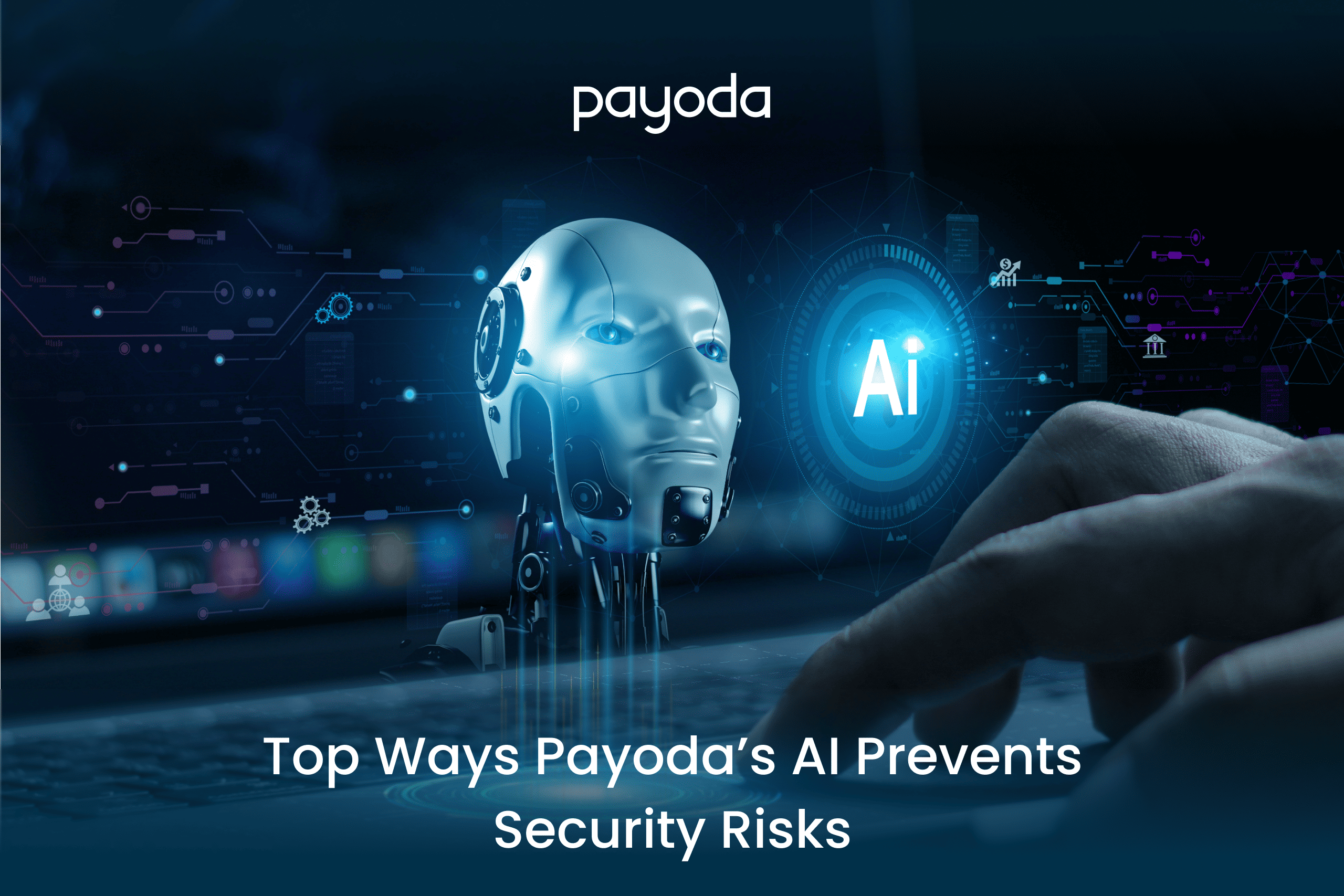The Minimalism + Maximalism Hybrid: Designing AI Interfaces That Truly Connect
Introduction: It all looks sharp, fast, and full of information. But as you click through, it feels two-dimensional. I see it all the time in AI products. Speed and automation are what developers prioritize, but they tend to forget how people feel using the interface. An over-minimalist design can feel cold and impersonal; an over-the-top…
Read morePOSTED BY
Priyadharshini
Reactive AI vs Proactive (Agentic) AI: Architectural Differences that Matter
Introduction: Artificial intelligence has been developing quickly, but still a lot of systems function reactively and can only respond to a situation once it has occurred. This reactive AI usage has a major drawback, as it only takes the present into account and nothing else. Moreover, it is not able to predict the future and…
Read morePOSTED BY
Priyadharshini
Integrating AI into CI/CD Pipelines
Introduction: Everyone in software talks about CI/CD these days. Continuous integration and continuous delivery merge code often, run some tests, and ship updates quickly. Sounds simple, right? In reality, it’s a headache. Builds blow up for reasons you can’t predict, half the tests are flaky, pipelines take forever, and when something goes wrong in deployment,…
Read morePOSTED BY
Priyadharshini
The Role of Quantum Computing in Cybersecurity: Hype or Reality
Introduction: Cybersecurity is built on an insecure foundation; the assumption is that certain mathematical problems are so hard that no computer can resolve them in a reasonable time. For decades, this assumption has kept online banking, private communications, e-commerce, and government systems secure. But the emergence of quantum computing challenges this very foundation. Quantum computers,…
Read morePOSTED BY
Priyadharshini
Autonomous Multi-Agent Systems vs Single Intelligent Agents – What’s More Scalable?
Introduction: Artificial Intelligence has reached a point where scalability defines competitive advantage. From self-driving cars to enterprise automation, there is an ever-growing need for intelligent systems that can learn, adapt, and execute autonomously. Traditionally, single-agent AI systems formed the basis of this evolution. These are independent entities capable of executing specified tasks using programmed intelligence.…
Read morePOSTED BY
Priyadharshini
Infrastructure as Code (IaC): Automating Infrastructure Management for Efficiency
Introduction: When I first stumbled upon the term “Infrastructure as Code” (or IaC, as everyone loves to abbreviate), I thought it was just another tech buzzword. DevOps already has plenty of those. But then, I started working on projects where servers had to be spun up almost daily, and I realized the pain of doing…
Read morePOSTED BY
Priyadharshini
Recent Advances in Computer Vision and their Business Applications
Introduction: Not long ago, the idea of computers recognizing people, objects, or entire environments seemed futuristic—something you’d expect in sci-fi movies rather than boardrooms or factory floors. Yet today, computer vision has slipped into our everyday lives almost unnoticed. From unlocking smartphones with a glance to self-checkout systems that let shoppers walk out of a…
Read morePOSTED BY
Priyadharshini
Top Ways Payoda’s AI Prevents Security Risks
Introduction: In the current day of a super-connected digital economy, cyber threats are developing faster than the suppliers can react most times. Sophisticated ransomware campaigns, insider data leaks, and AI-generated phishing attacks have all contributed to the complexity and unpredictability of the threat landscape, which is now more intelligent than ever. As per the 2024…
Read morePOSTED BY
Priyadharshini
Core Banking Compliance Testing: Risk & Regulatory Strategies
Introduction: In the modern financial ecosystem, compliance is no longer a reactive function confined to annual audits and regulatory submissions. It is now embedded in the daily functioning of a bank’s core systems, acting as both a safeguard and a strategic enabler. Core banking compliance testing has emerged as a critical pillar driving this shift…
Read morePOSTED BY
Priyadharshini
Kubernetes and Docker Swarm: The Ideal Container Orchestration Tools for Modern DevOps
Introduction: Deploying cloud‑native applications at scale is no longer optional—it’s mandatory for agile delivery and rapid innovation. Container Orchestration Tools such as Kubernetes and Docker Swarm automate the heavy lifting of deploying, scaling, and managing microservices, thereby boosting reliability while slashing operational overhead. In this refreshed guide, you’ll discover how each platform works, where they differ, and—most importantly—how to pick…
Read morePOSTED BY
















